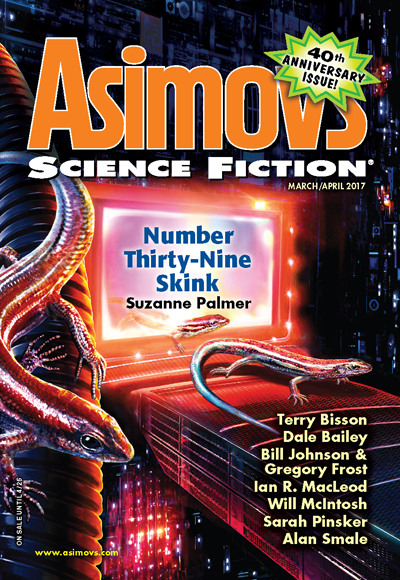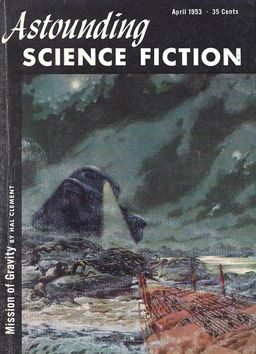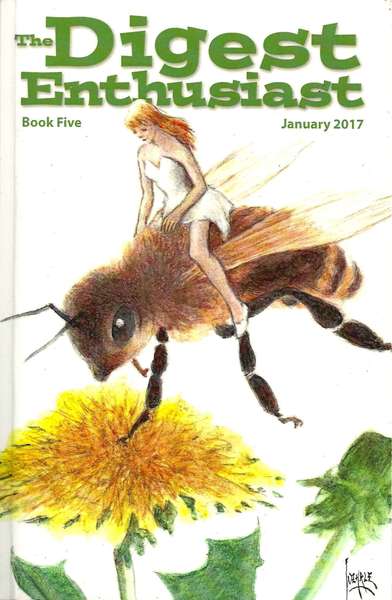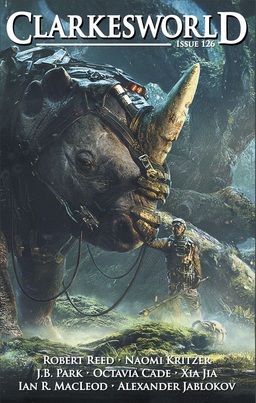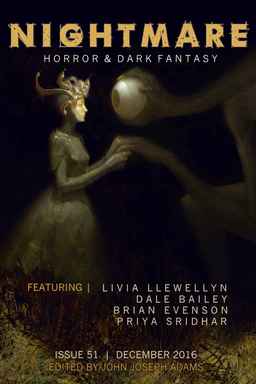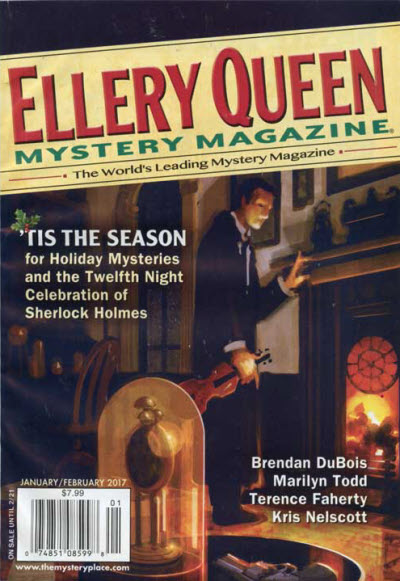March 2017 Lightspeed Magazine Now Available
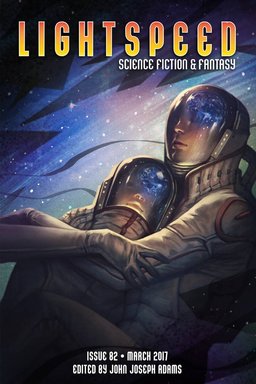 I don’t get to read Lightspeed magazine as often as I like, but the March issue looks like a good place to play catch up. Here’s Charles Payseur at Quick Sip Reviews on “The Worldless” by up-and-coming author Indrapramit Das.
I don’t get to read Lightspeed magazine as often as I like, but the March issue looks like a good place to play catch up. Here’s Charles Payseur at Quick Sip Reviews on “The Worldless” by up-and-coming author Indrapramit Das.
This is a lovely and complex story that unfolds in a port, in a place between places, where gravity isn’t quite high enough and Dunyshar, those without a world, live and work and die and dream of something more. The story focuses on two people, NuTay and their offspring Satlyt, as they scrape a life together. And I love the way that the story evokes place and the feeling of being detached from place. Orphaned in some important way. Without a culture because culture is associated with planets and not with ports, the place that ships are only ever moving through. It’s obvious from the story that some not-great-s#!t is happening and I like that this is revealed slowly, revealed with all the terrible weight of it… An amazing read!
Read Charles’ complete review of the March issue here.
This month’s Lightspeed offers original fantasy by Marta Randall and Greg Kurzawa, and fantasy reprints by Eileen Gunn and Caitlín R. Kiernan. It also has original science fiction by Indrapramit Das and Adam-Troy Castro, plus SF reprints by Rachel Swirsky and Julian Mortimer Smith. The non-fiction includes an editorial from John Joseph Adams, author spotlights, TV reviews by Joseph Allen Hill, Book Reviews by Amal El-Mohtar, and a feature interview with Nnedi Okorafor.
The exclusive content in the ebook version this month includes an exclusive reprint of Holly Phillips’ novella “Proving the Rule,” and an excerpt from Taiyo Fujii’s novel Orbital Cloud.
The cover this month is by Reiko Murakami, illustrating Indrapramit Das’s story, “The Worldless.” Here’s the complete contents for the March issue.
